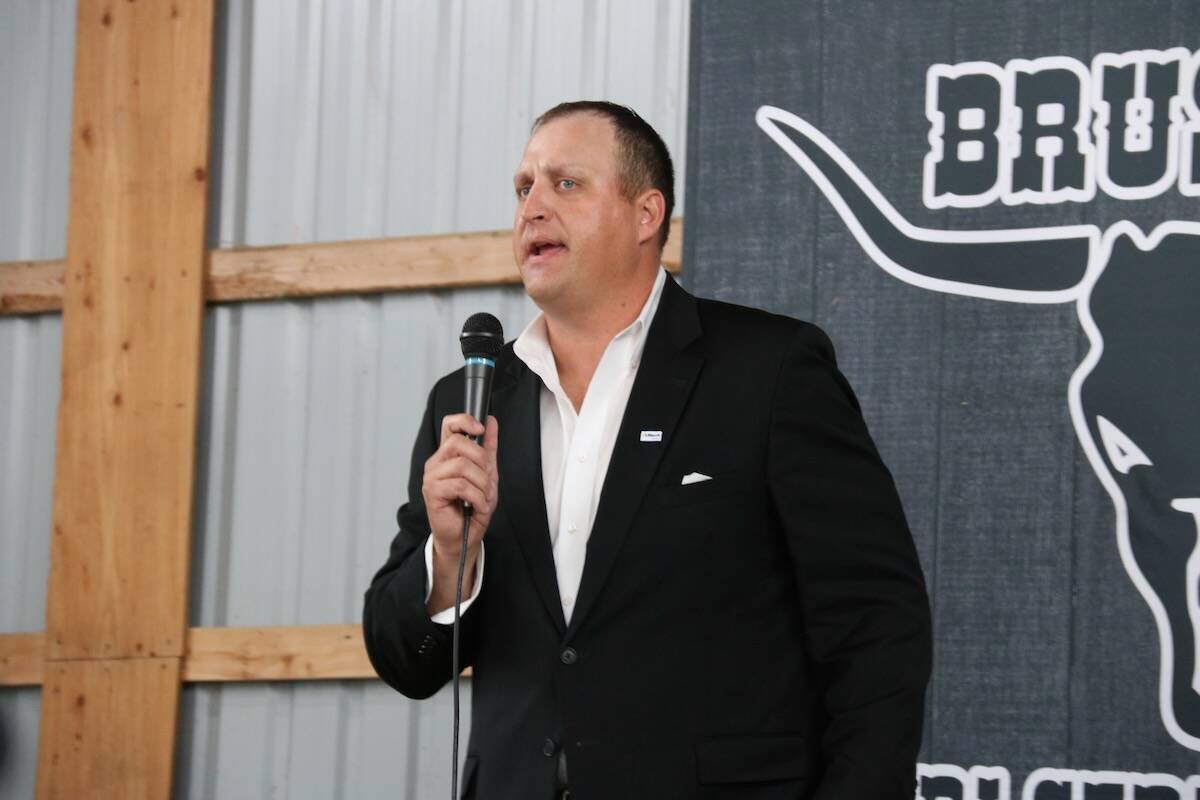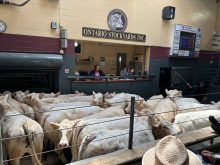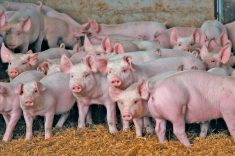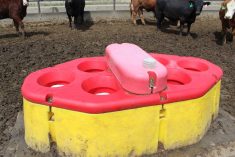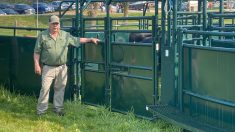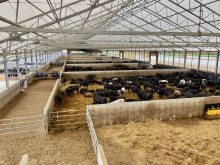Think about reducing carbon as a way to increase farm efficiency, not something imposed by government or buyers.
That way farms should be more profitable and then also be ready if carbon documentation is required into the future, says Bryan Sanderson, Alltech’s U.S. beef business manager.
Why it matters: Beef cattle have record value. Efficiency investments will help producers get more of that money, but will also lower carbon impact.
Read Also
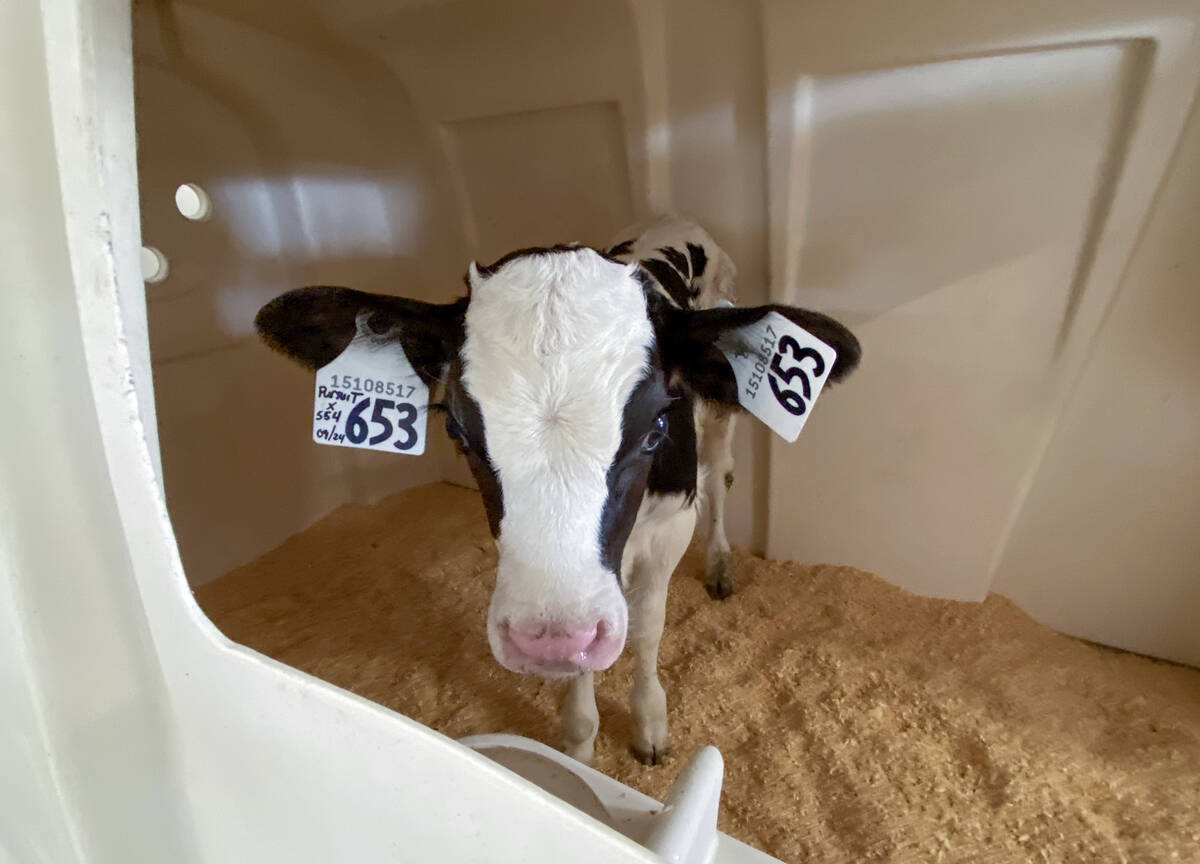
Lactanet turns methane expertise into business opportunity
Lactanet’s new fee-for-service breeding tool initiative to reduce greenhouse gas emissions in Canadian and Swiss Holstein herds will launch in April 2026.
Sanderson spoke at the annual Pasture Walk and Talk hosted by Brussels Agri Services on June 5.
“I feel like carbon is an opportunity. I don’t think this environmental piece is going to go away,” he said to more than 300 people assembled at the farm of Tim Prior, owner of Brussels Agri Services. Rain held off in the evening allowing six bale wagons full of people to tour across the farm stopping at nutrition, cattle handling, fencing — both physical and virtual — and forage seed stations around the farm.
Prior’s farm is home to a herd of Wagyu cattle grazed rotationally and is a showcase for the grazing products that are sold by the company. A damp, cool spring made for green pastures and fit cattle on the farm.
In a drive shed at the front of the farm Sanderson kicked off the evening by reminding producers about the incredible value coming into livestock production.
“What a heck of a time to be in the cattle business, especially if you’re one that has something to sell. Record high fed cattle, feeder cattle, cull cows, bulls, man, it’s been an awesome ride, hasn’t it?”’
Beef cattle prices have reached record levels and are sustaining those levels as the cow herd in North America continues to decline, meaning fewer cattle coming to market.
Sanderson says his day work, which takes him around the world for Alltech, supports his cattle “disease” involvement in the production side of the industry.
When cattle are worth so much money, it makes sense to be as efficient as possible, especially around reducing calf mortality. Many of the on-farm improvements that increase farm efficiency — lower calf mortality, feed efficiency, better pasture management and rotational grazing — also reduce the amount of carbon required to produce a unit of beef.
Over time, farmers may have to prove carbon reduction. So starting now and recording the steps taken can be valuable, in addition to the improvement in farm efficiency, says Sanderson.
He doesn’t expect carbon markets to pay out for farmers.
He says that Alltech is working with the Archbold Biological Station on the Buck Island Research Alliance in Florida where they have a herd of 2,500 cows. Early research results are showing that pasture that’s grazed is a carbon sink, but pasture that’s sitting idle is a net emitter.
“We need cows to keep the grass growing,” he says. “The average people need to understand that and they’re doing a pretty good job of putting that science together.”
Every year is different for cattle producers and there’s heavy impact on their operations from environmental conditions.
“Feed stuffs are different, genetics are different, cattle are different. Weather obviously affects production.”
That means proving efficiency improvements can be challenging as conditions are not static.
“I think it’s going to come down to records,” he says, encouraging farmers to find a record-keeping system that works for them.
“The records are really going to help you, or should help you make better business decisions.”
With better decision-making data, look at expenses as investments. With good records, those investments can be better evaluated.
The data will be able to prove improvement to outside sources if needed. Sanderson says environmental requirements might take a back-step blip in the four years of the current Trump government, but longer term, he expects them to continue.




